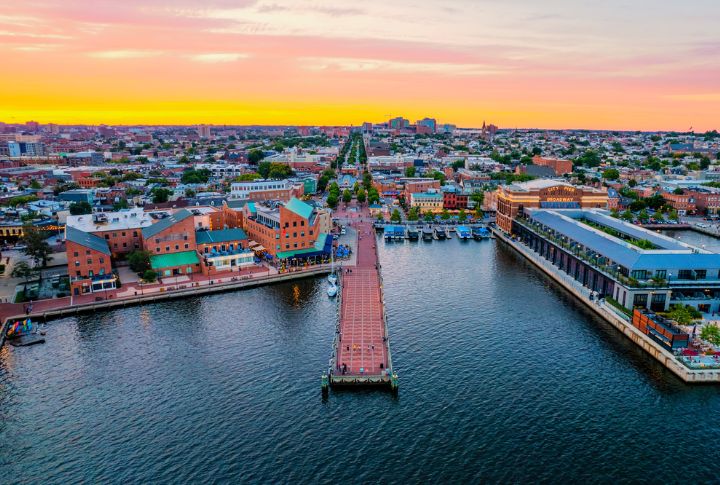
Urban design is the silent architect of our daily lives. Some cities get it right, where streets breathe and neighborhoods feel like a warm hug. Others? Let’s say they’re still trying to color inside the lines. First up, the ones setting the gold standard.
Vancouver
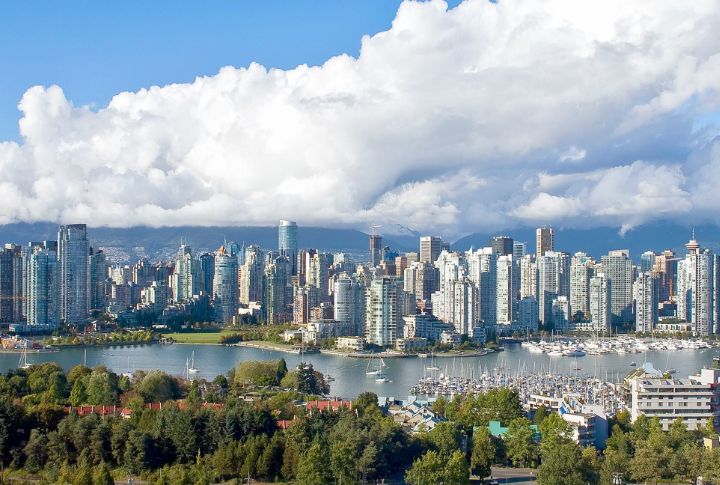
Vancouver is what happens when a city listens to urban planners. Thoughtful zoning, green spaces woven into city life, and public transit that works—it’s all here. Residents can bike to work without dodging potholes, and high-rises don’t overshadow the skyline. It’s proof that density can be done right.
San Diego & Tijuana
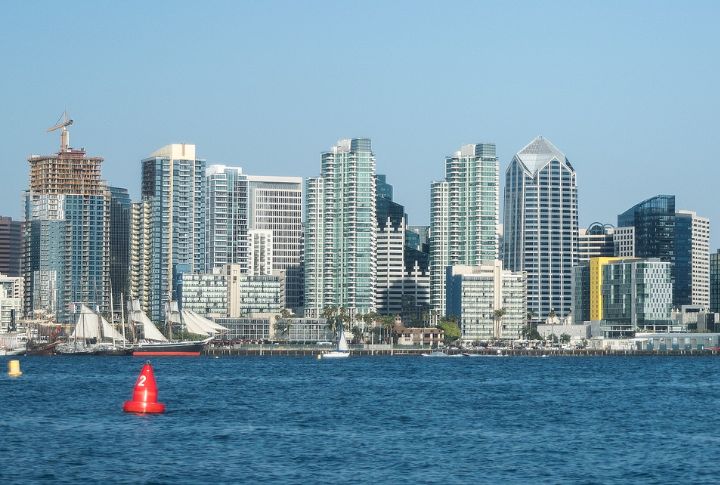
A border separates them, but design unites them. This unlikely duo bagged the 2024 World Design Capital title—for good reason. They prove that thoughtful urban planning can bridge cultures and national identities. Walkable downtowns and sustainable spaces? More of this, please.
Miami
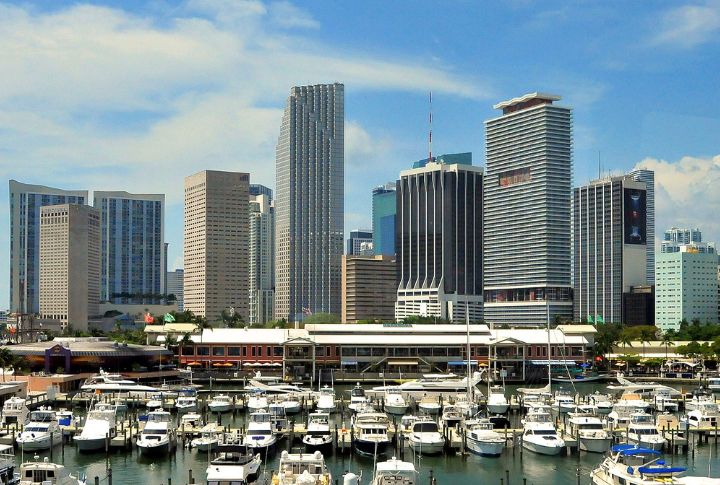
Miami is a love letter to bold design. They’ve got stunning Art Deco designs, futuristic high-rises, waterfront views, and a skyline that refuses to be boring. But it’s not just about looking pretty for them. Climate-conscious building regulations and resilient infrastructure keep this city above water.
Redmond
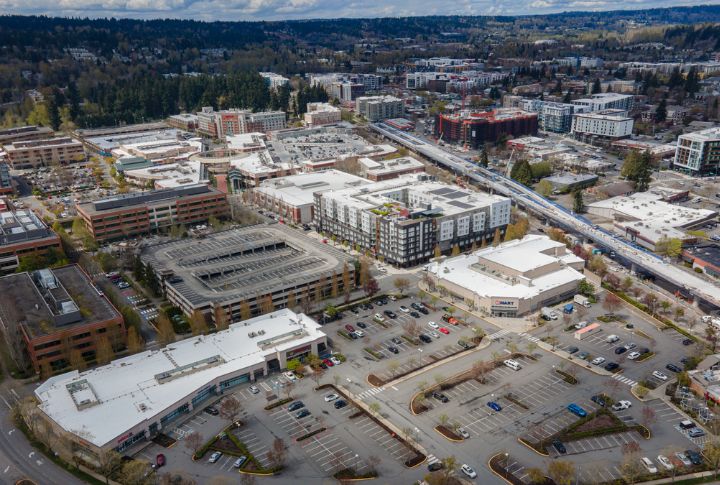
Home to Microsoft, Redmond is out here churning out software. Its pedestrian-first planning and emphasis on sustainability make it a model for suburban urbanism. Sidewalks always lead somewhere. And biking here is actually enjoyable, with no pothole obstacle courses or car-dodging required.
Detroit
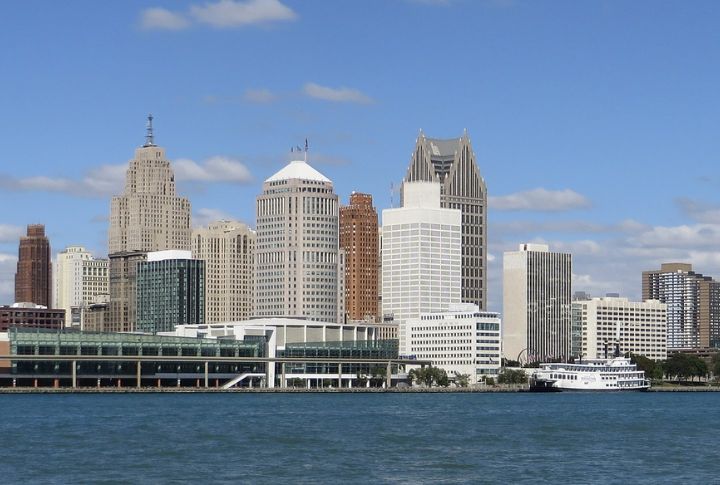
Detroit has taken its lumps, but it’s clawing back. The Joe Louis Greenway is stitching neighborhoods together, and abandoned lots are morphing into vibrant community hubs. Sure, it’s still a work in progress, but the city’s proving that urban design can be a tool for revival, not just gentrification.
St. Louis
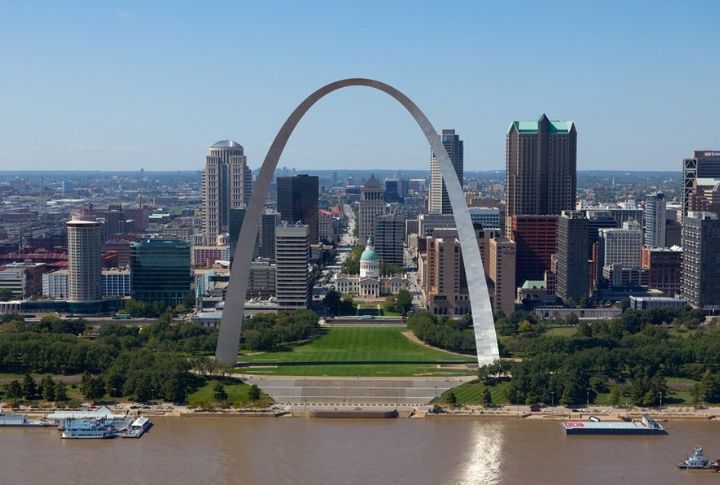
Now, let’s talk about the strugglers… St. Louis’ urban design? It’s more like an urban defense strategy. High crime rates force the city to prioritize security over vibrancy. Gated communities and surveillance cameras dominate where lively streets and bustling public spaces should be.
Oakland
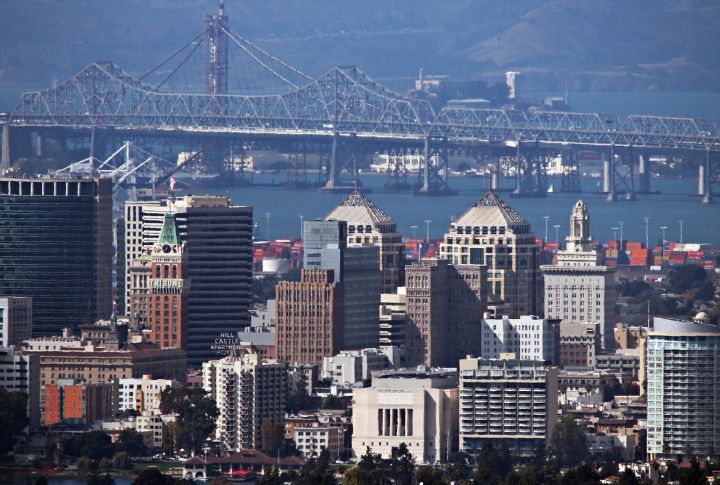
Silicon Valley’s shadow looms large, but Oakland is struggling to keep up. Tech money is pouring in, but infrastructure is still stuck in the ’90s. Roads crumble while luxury apartments rise. The contrast between high-rise opulence and neglected public spaces is urban design whiplash at its finest.
Baltimore
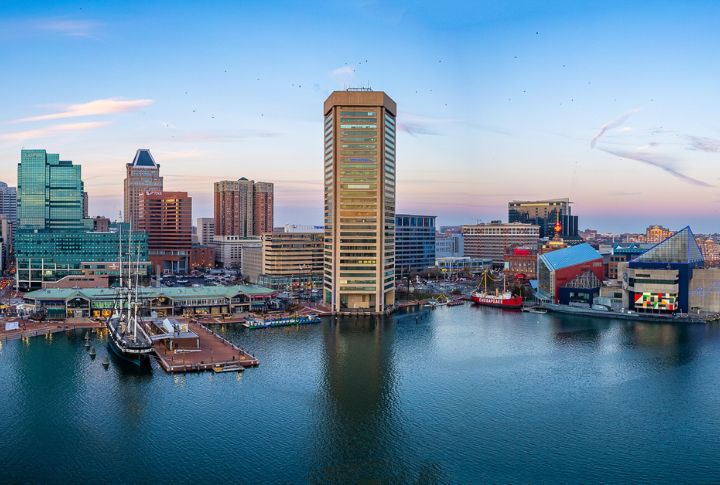
Baltimore has plenty of grand historic buildings. But right beside them, whole neighborhoods are battling decay. The city keeps trying to breathe new life into downtown, but without tackling deeper issues, progress is just window dressing. Charm City just needs the backbone to fix what’s broken.
Memphis
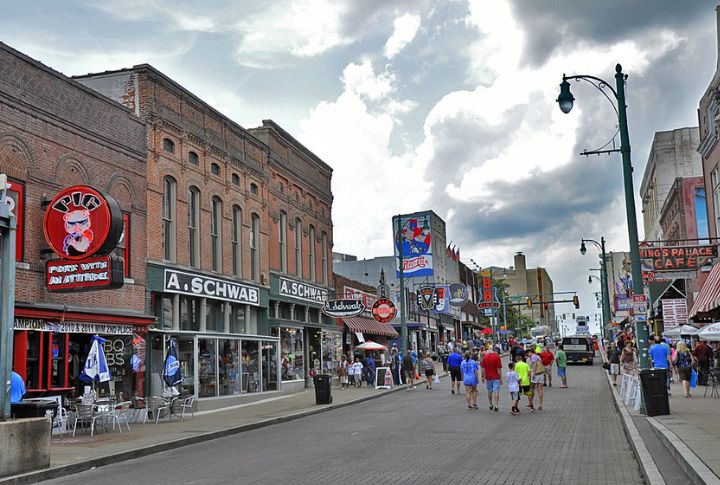
Memphis’ soul is undeniable, but its streets tell a different story. Poor public transport, crumbling infrastructure, and safety concerns stifle progress. Music alone won’t fix a city; good planning will. Until then, Beale Street’s neon glow is doing all the heavy lifting.
Cleveland
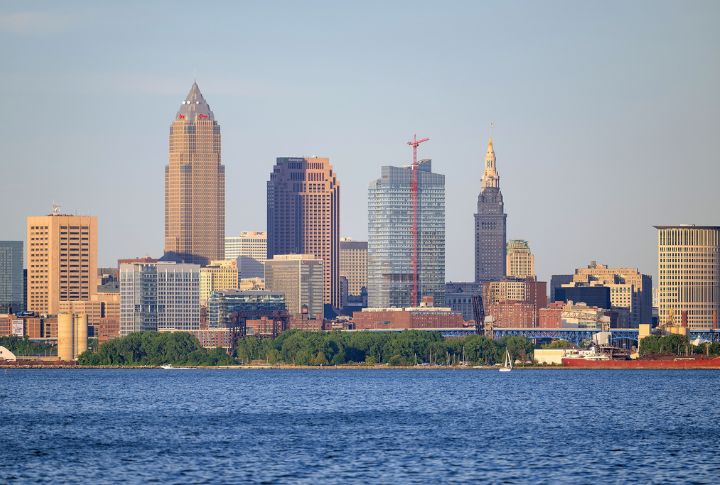
Cleveland’s river literally caught fire once—how’s that for an urban planning red flag? Sure, the city’s trying, but economic woes and crime keep progress stuck in first gear. The Rust Belt shine isn’t completely gone, but it’s taking its sweet time returning. Maybe next decade?
